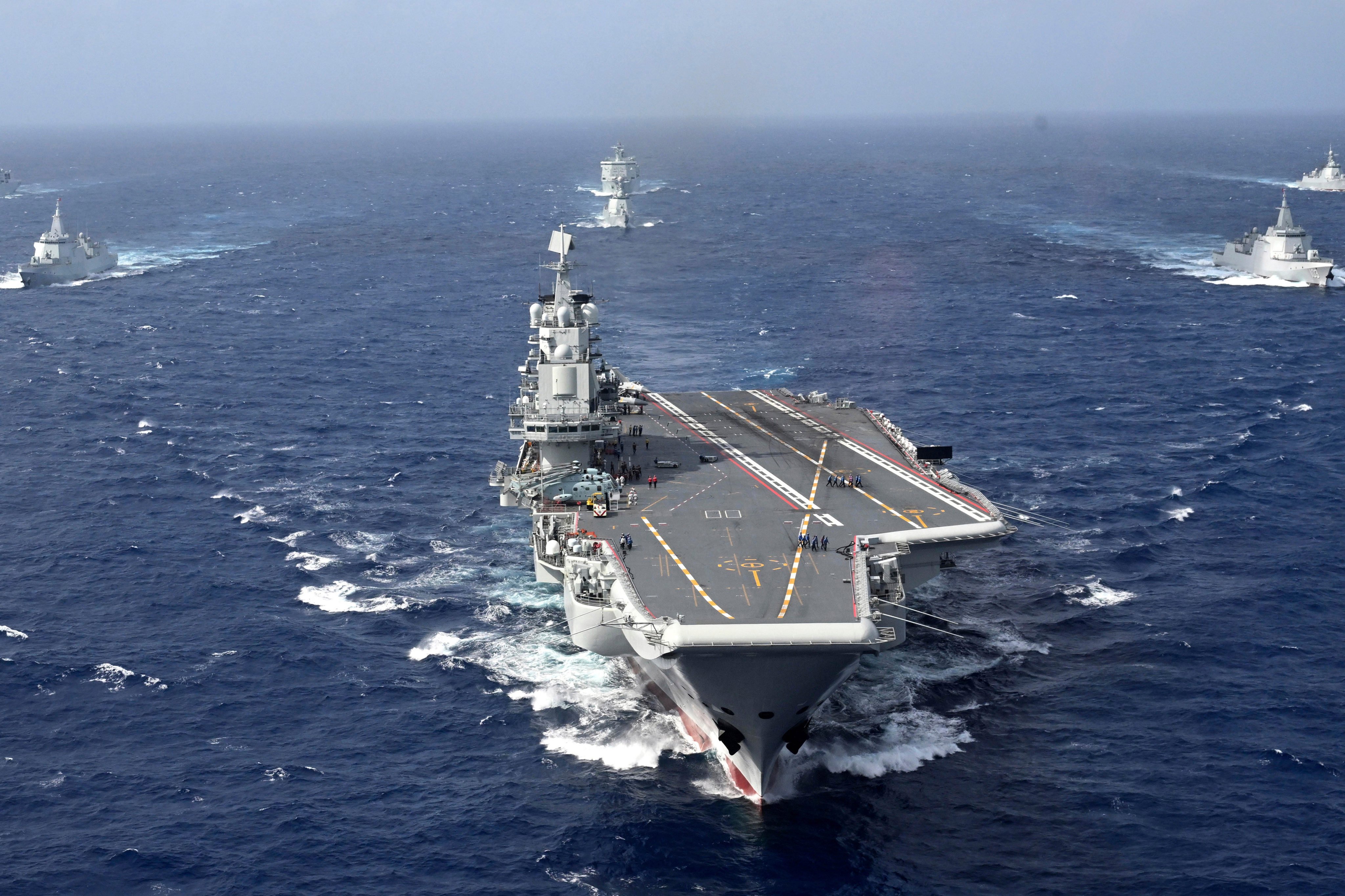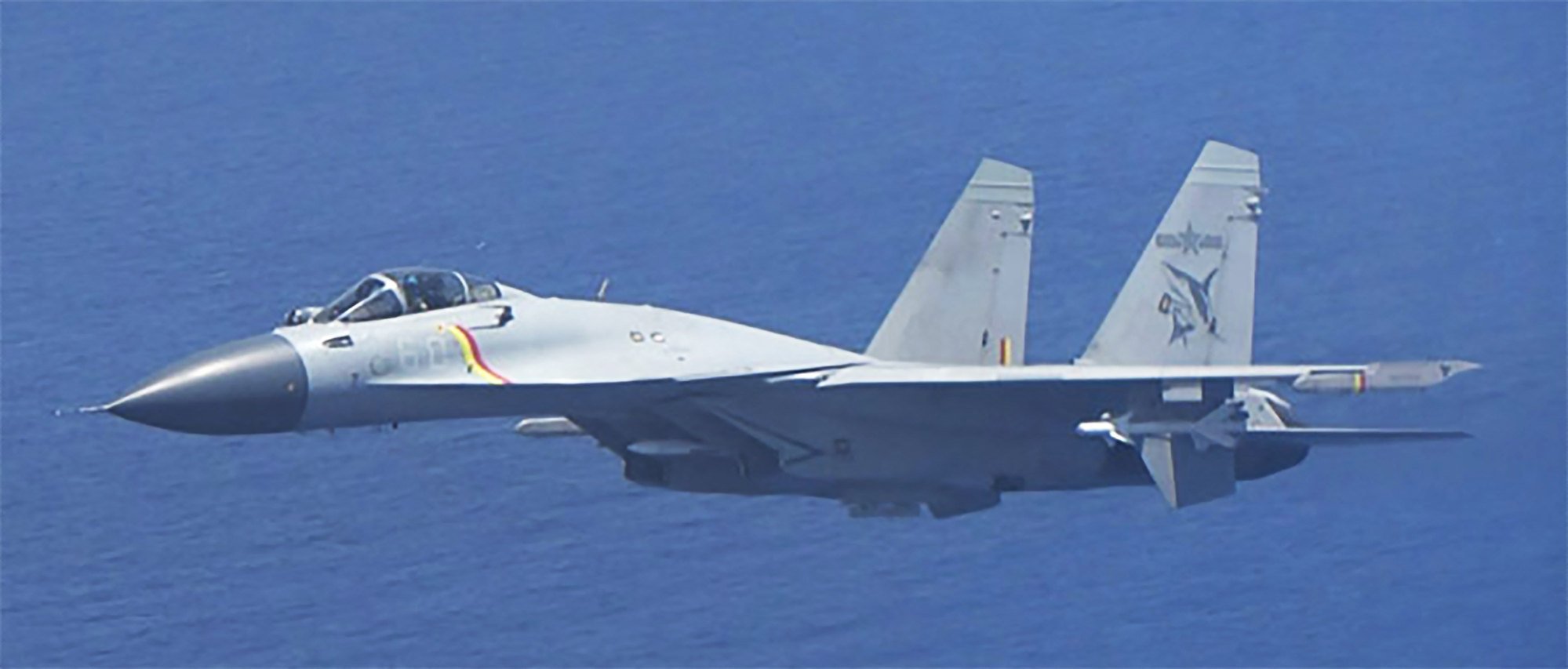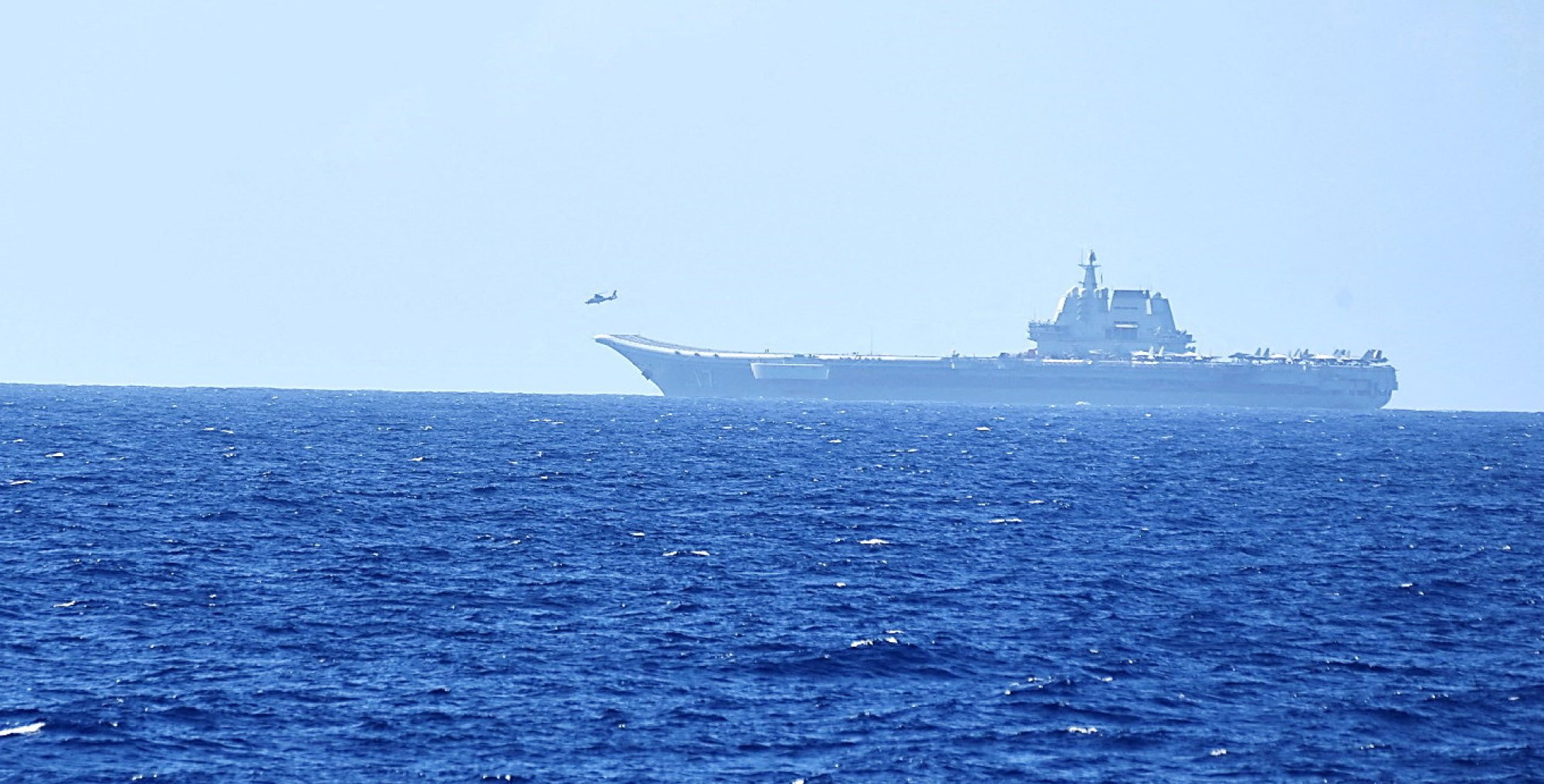Chinese aircraft carriers’ Pacific presence sparks warnings for Philippines
However, a ‘delicate balance’ should still be maintained to avoid any escalation, analysts warn

The crossing of a US-designated island chain in the Western Pacific by a Chinese carrier group marks an increase in Beijing’s “operational tempo” that the Philippines should pay heed to, observers say.
They warn, however, that a “delicate balance” should still be maintained to avoid any escalation amid calls for vigilance.
Regional governments such as Japan and Taiwan have advised increased caution, and a former official in the Joe Biden administration has suggested formalising the so-called Squad bloc of nations meant to counter Chinese assertiveness.
Earlier this week, the People’s Liberation Army’s (PLA) Navy dispatched two aircraft carriers to conduct operations beyond the “first island chain”. This series of land masses, part of a US containment strategy to deter Chinese military presence, stretches from Japan’s Okinawa to Taiwan and the Philippines.
The carriers were deployed to test capabilities in “far seas defence”, PLA Navy spokesman Senior Captain Wang Xuemeng confirmed on Tuesday as the Chinese continued to share photos online of aircraft carriers Liaoning and Shandong.
Wang said the routine training was organised “in accordance with the annual plan” and the deployments were in compliance “with relevant international laws and practices and not directed against any specific country or target”.

Japan’s Defence Minister Gen Nakatani first confirmed on Tuesday that the Liaoning and the Shandong had been spotted conducting simultaneous operations in the Pacific for the first time.
Tokyo said the Liaoning, the Navy’s first aircraft carrier, was sighted plying the waters east of the island of Iwo Jima on June 7. This marked the first time a Chinese carrier had crossed into the “second island chain”, an area east of the first chain stretching from Japan the US territory of Guam, and Indonesia.
On Wednesday, Taiwan’s Defence Minister Wellington Koo said China’s operations in the region showed it was “sending a political message” while laying bare its expansionist agenda.
On guard
Analysts say the Philippines should be wary of China’s actions, as Beijing flexes its muscle to counter any deterrence strategy in the region.
Sherwin Ona, a political-science professor at De La Salle University and an international fellow at Taiwan’s Institute for National Defence and Security Research, said China’s tactics were in line with an “increase in operational tempo” and possibly preparing for a Taiwan contingency.
Beijing sees Taiwan as part of China to be reunited by force if necessary. Most countries, including the US, do not recognise Taiwan as an independent state, but Washington is opposed to any attempt to take the self-governed island by force and is committed to supplying it with weapons.

The Philippines first spotted the Shandong conducting flight deck operations some 185km (100 nautical miles) from Ilocos Norte, a northern province facing Taiwan, in April amid the annual joint or Balikatan exercises in the country.
The Shandong was last spotted 228km (123 nautical miles) from the town of Burgos on April 26, the Philippine Navy said.
Navy spokesman for the West Philippine Sea Rear Admiral Roy Vincent Trinidad said it was monitoring the Shandong’s presence and other nearby Chinese vessels closely, but clarified that the aircraft’s flight-deck operations were permitted under international maritime law.
“The PLA is basically testing its operational readiness to deploy and use its carrier battle groups … Another factor that pushes this is the Taiwan contingency scenario. These carrier battle groups are essential for mounting a blockade or even to act as a blocking force against reinforcing Taiwan,” he told This Week in Asia.
China’s actions on top of any Taiwan motive “reveal their capability of controlling the first island chain”, Ona said.
The presence of artificial and militarised islands constructed by Beijing ensured effective control of the South China Sea “if push comes to shove”, he added.
Beijing seemed to be adopting “a classical logic of a modern maritime power” in forming a carrier strike group to mirror the Americans’ capabilities at sea, Joshua Espeña, a lecturer in international relations at the Polytechnic University of the Philippines, told This Week in Asia.
US regional allies ramping up their response against perceived expansion by China were also likely to be an underlying cause for Beijing’s recent actions, he added.

Ely Ratner, the former assistant secretary of defence for Indo-Pacific security affairs under the Biden administration, proposed in an article last week on news forum website Foreign Affairs that the Squad grouping – composed of the US, Japan, the Philippines and Australia – should form a more formal Pacific defence pact to deter China’s military ambitions.
However, he stressed that while it was urgent to systematically address China, “there is still a delicate balance not to escalate the situation”.
Observers said the Philippines could enhance its deterrence strategy by boosting its asymmetric offshore capabilities.
Aside from continuing its modernisation efforts, Manila must “learn from Ukraine [and] deliberately enhance its asymmetric capabilities by investing in drones and anti-access and area denial systems”, Ona said.
However, the challenge, Espeña said, “is the range and speed of those capabilities relative to the firepower”.
“So there is not much Manila can do to directly confront carrier strike groups; only provide support with the US, which can actually do something.”
Ona stressed that it was important for Manila to continue engaging its allies, conduct more freedom of navigation operations, and negotiate visiting-forces agreements with partners.